
During World War II, the United States forcibly relocated and incarcerated about 120,000 people of Japanese descent in ten concentration camps operated by the War Relocation Authority (WRA), mostly in the western interior of the country. Approximately two-thirds of the detainees were United States citizens. These actions were initiated by Executive Order 9066, issued by President Franklin D. Roosevelt on February 19, 1942, following Imperial Japan's attack on Pearl Harbor, Guam, the Philippines, and Wake Island in December 1941. Before the war, about 127,000 Japanese Americans lived in the continental United States, of which about 112,000 lived on the West Coast. About 80,000 were Nisei and Sansei. The rest were Issei immigrants born in Japan, who were ineligible for citizenship. In Hawaii, where more than 150,000 Japanese Americans comprised more than one-third of the territory's population, only 1,200 to 1,800 were incarcerated.

Florin is a census-designated place (CDP) in Sacramento County, California, United States. It is part of the Sacramento–Roseville–Folsom Metropolitan Statistical Area. The population was 52,388 at the 2020 census, up from 47,513 at the 2010 census and 27,653 at the 2000 census.
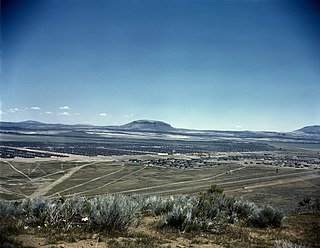
The Tule Lake National Monument in Modoc and Siskiyou counties in California, consists primarily of the site of the Tule Lake War Relocation Center, one of ten concentration camps constructed in 1942 by the United States government to incarcerate Japanese Americans forcibly removed from their homes on the West Coast. They totaled nearly 120,000 people, more than two-thirds of whom were United States citizens. Among the inmates, the notation "鶴嶺湖" was sometimes applied.
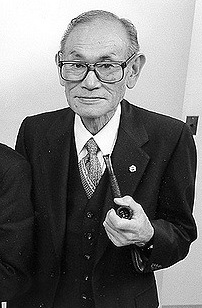
Fred Toyosaburo Korematsu was an American civil rights activist who resisted the internment of Japanese Americans during World War II. Shortly after the Imperial Japanese Navy launched its attack on Pearl Harbor, President Franklin D. Roosevelt issued Executive Order 9066, which authorized the removal of individuals of Japanese ancestry living on the West Coast from their homes and their mandatory imprisonment in incarceration camps, but Korematsu instead challenged the orders and became a fugitive.

Florin High School is a high school in Sacramento, California. It is part of the Elk Grove Unified School District and serves the portion of southern Sacramento that is to the east of California State Route 99.
The Elk Grove Unified School District is a school district in southern Sacramento County, California, United States.

Valley High School is a 9th-12th-grade college preparatory high school located in Sacramento, California, near the city limits of Elk Grove, California. The school was established in 1977 as part of the Elk Grove Unified School District. Valley's mascot is the Viking and their cross town rivals are Elk Grove High School and Florin High School.

Chiura Obata was a well-known Japanese-American artist and popular art teacher. A self-described "roughneck", Obata went to the United States in 1903, at age 17. After initially working as an illustrator and commercial decorator, he had a successful career as a painter, following a 1927 summer spent in the Sierra Nevada, and was a faculty member in the Art Department at the University of California, Berkeley, from 1932 to 1954, interrupted by World War II, when he spent a year in an internment camp. He nevertheless emerged as a leading figure in the Northern California art scene and as an influential educator, teaching at the University of California, Berkeley, for nearly twenty years and acting as founding director of the art school at the Topaz internment camp. After his retirement, he continued to paint and to lead group tours to Japan to see gardens and art.
Elk Grove High School is a public four-year high school located in Elk Grove, California, in the United States. It is part of the Elk Grove Unified School District and serves the southeast end of Elk Grove that is to the right of California State Route 99 and below Sheldon Road.
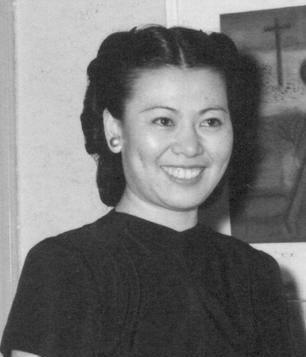
Miné Okubo was an American artist and writer. She is best known for her book Citizen 13660, a collection of 198 drawings and accompanying text chronicling her experiences in Japanese American internment camps during World War II.
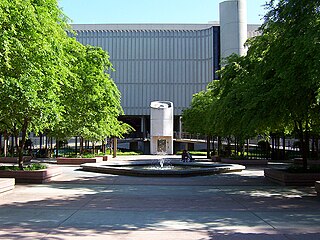
Sacramento State University Library is the central library for the campus of California State University, Sacramento. With over 1.4 million volumes, it is the third largest library in the California State University. It is part of the California State Depository Library Program. The library features 79 private study rooms, 4 meeting rooms, and 14 instructional classrooms. The library houses 200 public access research computer stations, 120 faculty/staff personal computers, and 5 computer classrooms ranging in capacities of 40 to 100. There are currently 27 full-time librarians and 34 library assistants. The library also features a number of group study rooms, individualized private rooms for graduate students, and individual study lounges.

Clara Estelle Breed was an American librarian remembered chiefly for her support for Japanese American children during World War II. After the attack on Pearl Harbor on December 7, 1941, many residents of California who were of Japanese descent were moved to remote Japanese American internment camps where they stayed until the end of the war. Breed kept in communication with many of the children who were sent to the camps, sending reading materials and visiting them regularly.
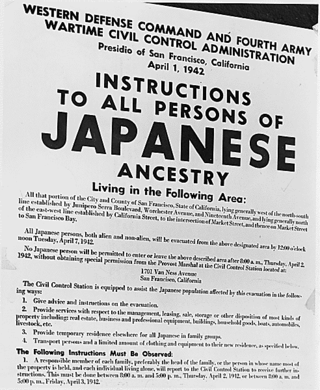
The Day of Remembrance is a day of commemoration for the incarceration of Japanese Americans during World War II. It is a day for people of Japanese descent in the U.S. to reflect upon the consequences of Executive Order 9066. The Day of Remembrance also creates a space for the facilitation of dialogue and informing the public about the repercussions of such government action. Events in numerous U.S. states, especially in the West Coast, are held on or near February 19, the day in 1942 that Executive Order 9066 was signed by President Franklin D. Roosevelt, requiring internment of all Americans of Japanese ancestry. Areas where people of Japanese descent in the U.S. were forced to relocate included Arizona, Colorado, Wyoming, Utah, Arkansas, and Idaho. There are events held in each of these states as well. Events are not only relegated to the West Coast and it is widely observed in areas such as New England, Chicago, Alaska, Philadelphia, and New York.
Mitsuye "Maureen" Endo Tsutsumi was an American woman of Japanese descent who was placed in an internment camp during World War II. Endo filed a writ of habeas corpus that ultimately led to a United States Supreme Court ruling that the U.S. government could not continue to detain a citizen who was "concededly loyal" to the United States.
The Fred Korematsu Day of Civil Liberties and the Constitution is celebrated on January 30 in California and a growing number of additional states to commemorate the birthday of Fred Korematsu, a Japanese-American civil rights activist best known for resisting the internment of Japanese Americans. It also recognizes American civil liberties and rights under the Constitution of the United States. It is the first day in U.S. history named after an Asian American.
Grayce Uyehara, née Kaneda, was a Japanese-American social worker and activist who led the campaign for a formal government apology for Japanese-American internment during World War II.
Wendy Maruyama is an American visual artist, furniture maker, and educator from California. She was born in La Junta, Colorado.
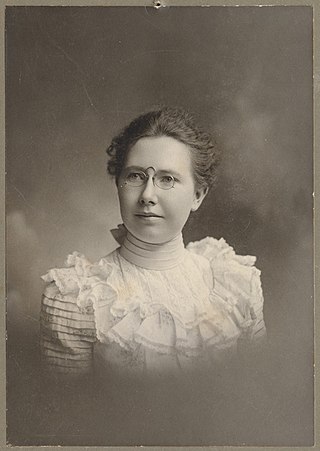
Harriet Gertrude Eddy was an American educator and librarian who influenced the management of libraries in the Soviet Union. She was inducted into the California Library Hall of Fame in 2014, for her work on organizing forty Californian library systems.

Robert Emmett Fletcher Jr. was an American agricultural inspector who quit his job to care for the fruit farms of Japanese families during World War II, after many Japanese Americans were forcibly sent to internment camps as a result of Executive Order 9066.

Stephanie Nguyen is an American politician in the California State Assembly representing the 10th district. Elected in 2022, she previously served on the Elk Grove City Council after being appointed in 2017.














